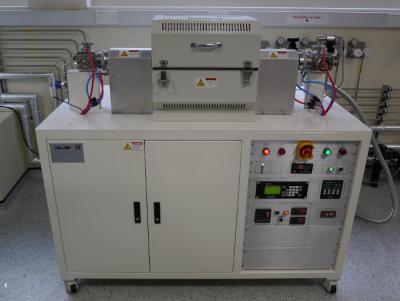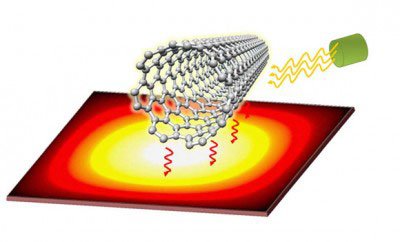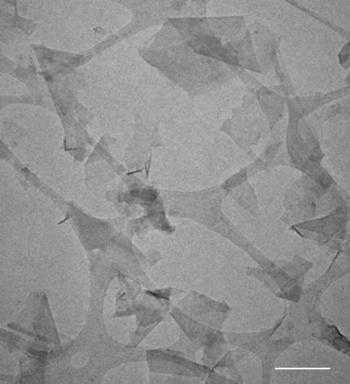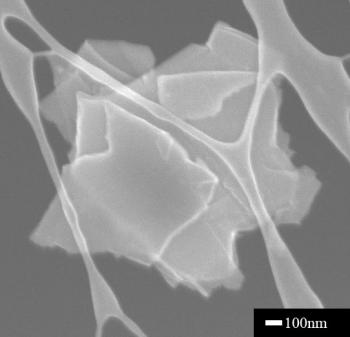Graphene-based membrane can be a thousand fold more breathable than Goretex
Researchers from ETH Zurich and LG Electronics developed a stable porous membrane made from only 2 layers of graphene. They say that this is the thinnest possible porous membrane that is technologically possible to make.
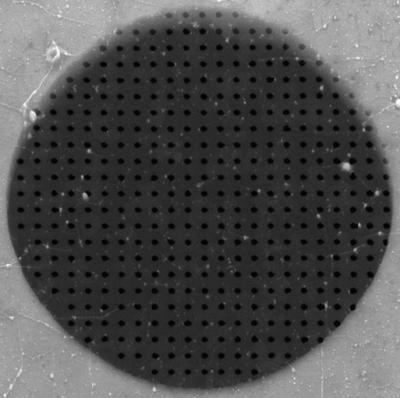
The new membrane can be used as a filter for several different purposes - such as waterproof clothing. In fact the researchers say that their membrane will be a thousand fold more breathable than Goretex! Other applications may include water filteration and gas and liquid flow rate measurements.

